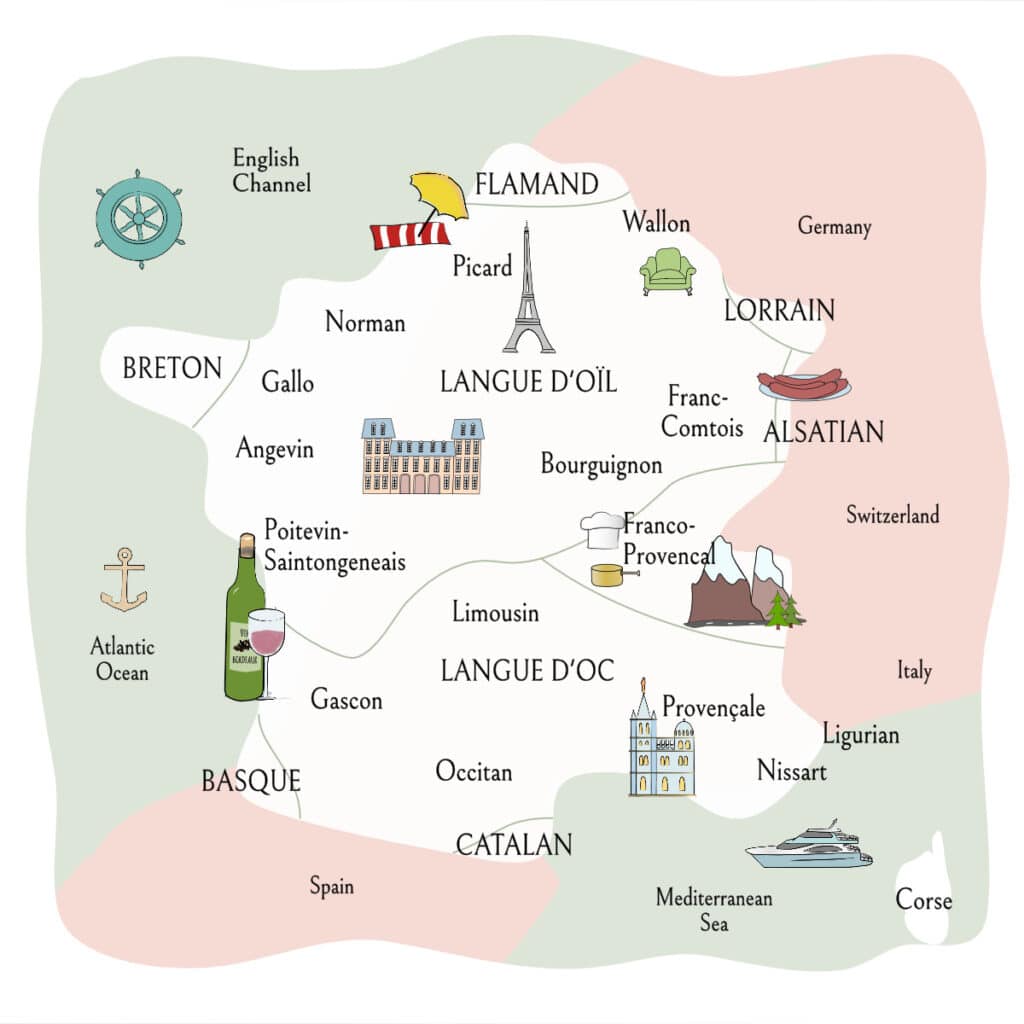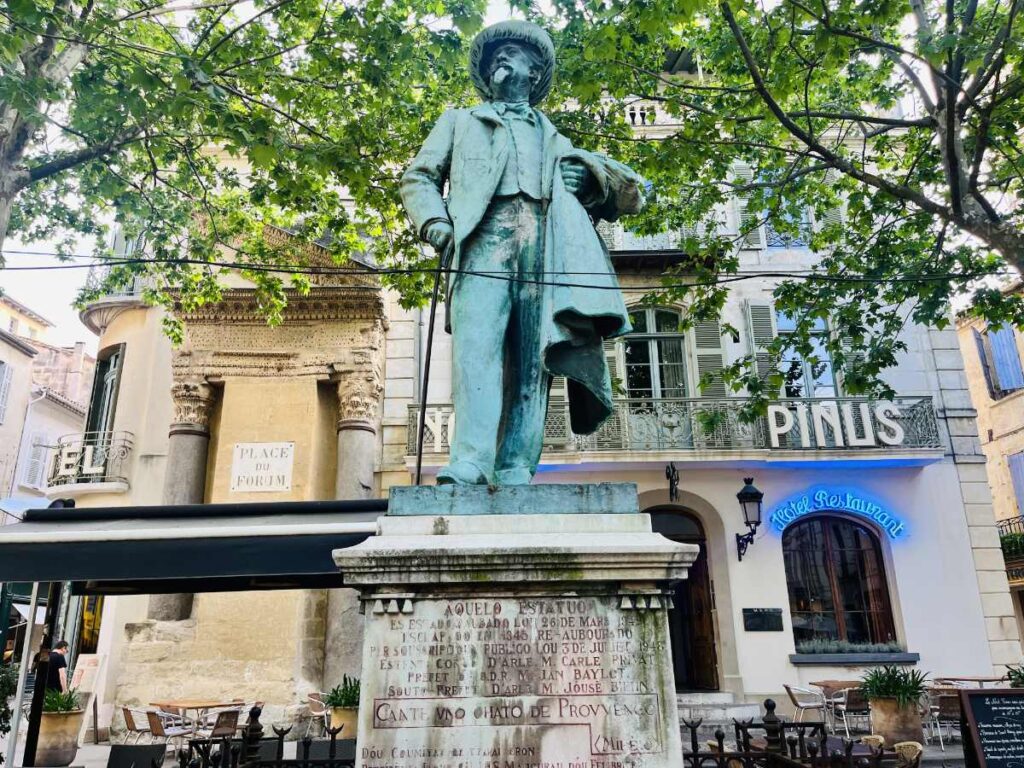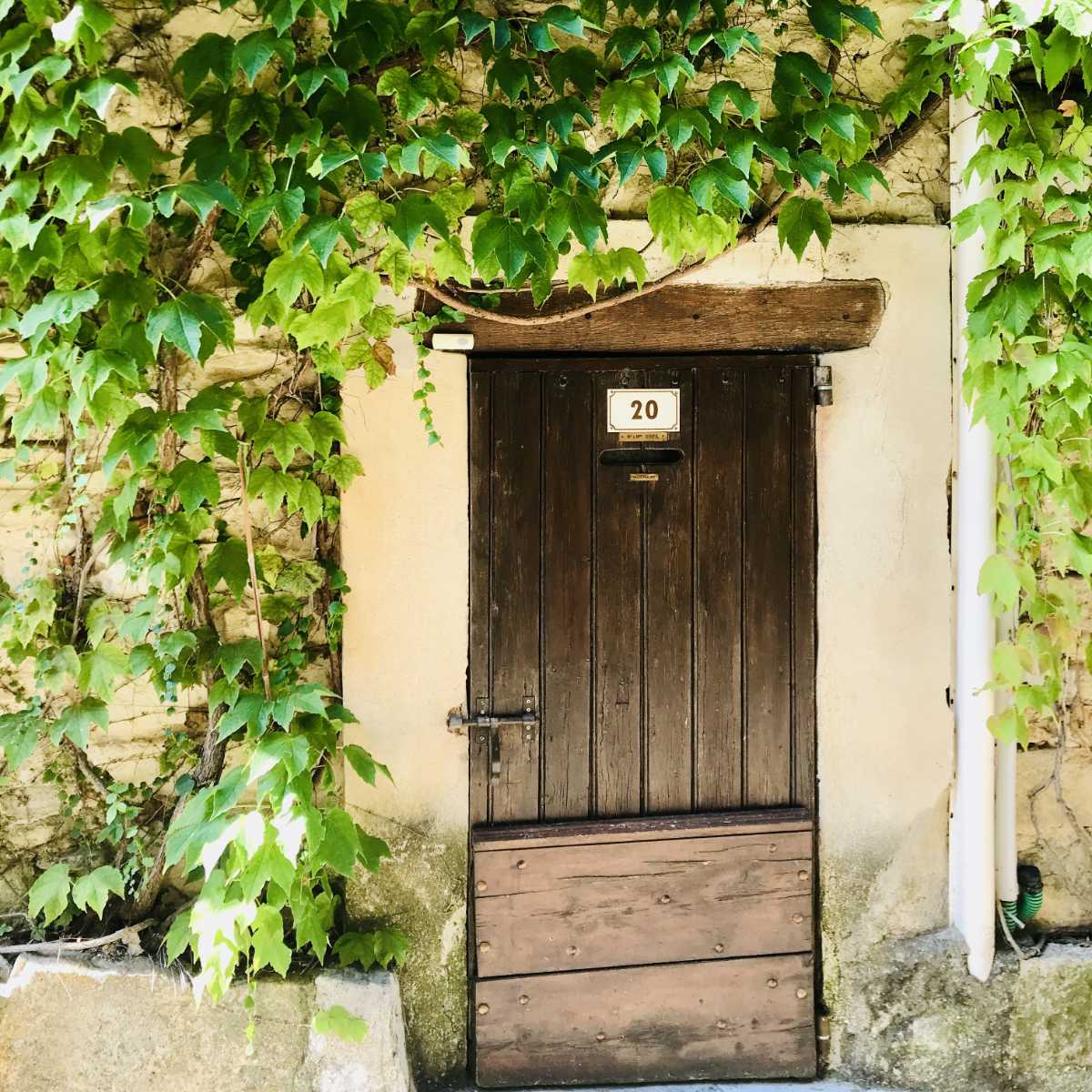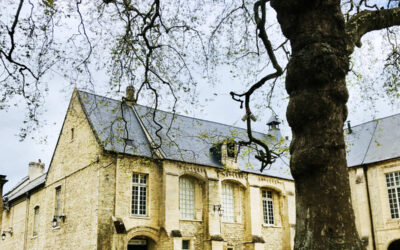Once upon a time, in the south of France, the words spoken across all the land were not in the elegant French language we know today, but rather a language called Occitan.
All across Provence, Occitanie, Aquitaine, as well as northern Italy and Spain, it was the Occitan language that was the lingua franca of the day.
But unlike other languages such as French or Spanish, there is no single written standard language called “Occitan”. Instead, it was a language that had devolved into a variety of dialects such as Provençal, Gascon, and more.
With a large portion of the European population including royalty, speaking Occitan, it may seem surprising that the language has largely disappeared. Indeed, it has been deemed “severely endangered” by the UNESCO Atlas of the World’s Languages in Danger.
So let’s uncover a few interesting facts about the Occitan language and how it evolved, shall we? Allons-y!
1. It is a romance language.
Occitan is a Romance language that evolved from Latin, like Italian and Spanish.
Historically, the population of what is now called Occitanie, spoke a mix of Basque and Celtic languages. After the Romans invaded in 1BC, the local populations adopted Latin into their vocabulary.
2. It originates from Langue d’Oc.
The name “Occitan” comes from an older language known as “Langue d’Oc”. The word “langue” in French means “tongue” or “language”.
Historically, the area that is now known as France had so many different languages and dialects, that it was broken down into two parts: Langue d’Oc and Langue d’Oil.
Dating back to the Gallo-Roman era, both are Romance languages. However, the differences in the languages were classified based on the response to the prominent word “yes”.

In the north, the word for “yes” was “oïl.” Today, this “yes” translates to “oui” in French, and the current dominant French language is a descendant of Langue d’oïl.
In the southern part of France, the word “Oc” was the southern word for “yes“, hence the name “Langue d’oc“. The language Occitan is a descendent of these “Langues d’oc”, and can still be heard in the South of France, in cities like Toulouse, etc. The region of Languedoc gets its name from this local language.
3. It was widely spoken in portions of France, Italy, and Spain.
Occitan was widely spoken in southern Europe, an area historically known as Occitanie. Along with southern France, this included Monaco, Italy’s Occitan Valleys, as well as Spain’s Val d’Aran. It is also the official language in Catalan.
3. It has many dialects.
There is no single written standard language called “Occitan”, and Occitan has no official status in France. However, it has 9 known dialects, and it is these dialects that are recognized by the French government.
| Occitan dialect | Description |
|---|---|
| Provençal | Most popular dialect of Occitan, which was spoken in Provence, in cities like Marseille. |
| Nissart (Niçois) | Historically, Nice used to be part of the Duchy of Savoy, and both the language and the city were heavily influenced by nearby Italy. The city of Nice only became part of France in 1860. |
| Gascon | from the region of Gascony in Nouvelle Aquitaine. |
| Auvergnat | from the Auvergne region (around Clermont and Le Puy). |
| Languedocien | from the historic Languedoc region, with its capital Toulouse. |
| Limousin | from the Limoges and historical Limousin region. |
| Vivaro-Alpine | around upper Nice and the Occitan Valleys of Piedmont and Liguria in Italy. |
| Judeo-Provençal | also known as Shuadit, it was used by the French-Jewish population in Provence. The spoken language is virtually indistinguishable from Provençale, but the written script was in Hebrew. |
| Judeo-Gascon | The spoken language is virtually indistinguishable from Gascon, but the written script was in Hebrew. It was spoken by the Spanish and Portuguese Jews who settled during the 16th century in Bordeaux, Bayonne and parts of Gascony. |
Occitan’s various dialects like Provençale, Gascon, etc. are officially recognized as a regional languages in France.
4. It was the language of poetry.
In literature, the Occitan language became famous as the language of poetry and specifically used by troubadours in their lyrics to entertain royalty and nobility.
As early as the 8th century, lines in Occitan were found in poetry and Carolingian litanies, intermingling Latin with Occitan.
5. Dante wrote in Occitan.
Records show that the mediaval Italian poet Dante was the first to have recorded the term lingua d’oc in writing. He also wrote the 26th canto of Dante’s Purgatorio in Occitan, using the language for the character of the troubadour Arnaut Daniel.
6. Eleanor of Aquitaine taught it to English King Richard the Lionheart.

The Occitan language was the maternal language Eleanor of Aquitaine, whose properties included Gascon and Aquitaine. When she married the King Henry II of England, she and her court took their language to England.
Her sons, King Richard the Lionheart and King John of England, were both known to be fluent in Occitan, having learnt from their mother. Richard, who was fond troubadour poetry, even composed a few lyrics in the Occitan language.
7. Francis I had the language banned.
In 1539 French King François I banned the use of most of Occitan and other regional languages and insisted on a new administrative language he called “françoys” that was to be used for all official purposes.
François I was mostly successful in wiping out the other languages, making French dominant.
8. Writer Frédéric Mistral made the Provençale language and Occitan famous.
In the 19th century, French writer Frédéric Mistral became famous for his poem Mirèio (Mireille) published in 1859. Mirèio is a long poem in the Provençal Occitan language, consisting of twelve songs about the thwarted love of Vincent and Mireille.
He received the 1904 Nobel Prize in Literature “in recognition of the fresh originality and true inspiration of his poetic production, which faithfully reflects the natural scenery and native spirit of his people, and, in addition, his significant work as a Provençal philologist”.

With Mistral’s Félibrige movement, an association that promoted the Provençale language, it achieved great literary recognition and so became the most popular term for Occitan, used almost interchangeably.
9. The metro in Toulouse is bilingual, using French and Occitan.
In order to maintain some semblance of Occitan, the metro in the city of Toulouse is officially bilingual in French and version of Occitan.

10. It is very much endangered.
Today, some of these regional languages like Occitan, Provençale, Gascon, etc are officially recognized by the French education.
In April 2001, the French Minister of Education announced that bilingual education would be recognised, and bilingual teachers recruited in French public schools.
Nonetheless, the Occitan language is quite endangered, with fewer and fewer people speaking it fluently.

If you enjoyed that article, you may like to read more about French culture. A bientôt!




